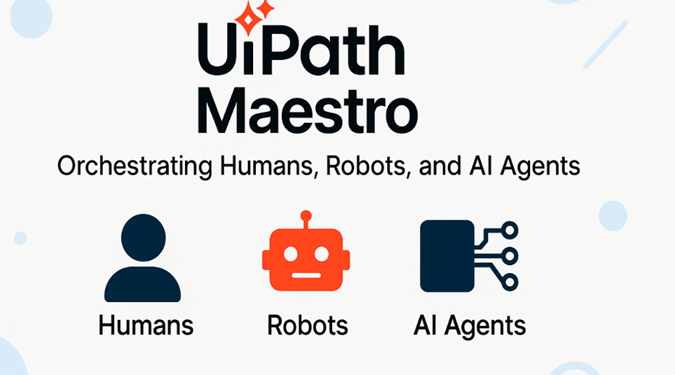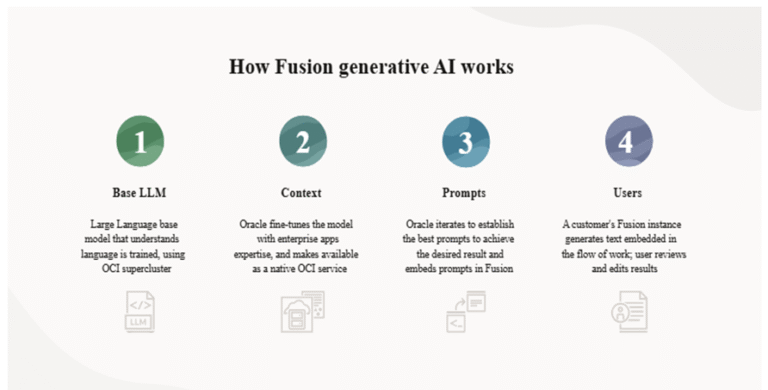Building Intelligent AI Agents in UiPath: A Step-by-Step Guide
Businesses today are moving beyond traditional automation and embracing agentic automation — AI-driven agents that understand context, make decisions, and continuously improve.
With UiPath’s Autopilot, Studio Web, and Agent Builder, creating intelligent agents is now simple, fast, and code-light.
This guide walks you through the essential steps to build your first AI agent in UiPath, with a focus on clarity, practicality, and real-world application.
1. Getting Started in Studio Web
- Log into UiPath Automation Cloud
- Open Studio Web
- Select Create New → Agent to launch the agent designer
- The interface includes your project structure, data panel, and design tools
2. Exploring the Workspace
The workspace is divided into key panels:
Left Panel:
- Project Explorer – Manage components
- Data Manager – Define input and output arguments
- Issues Panel – Identify configuration errors
- Deployment Settings – Manage environments and versioning
Right Panel:
- Properties – Configure agent behavior
- Health Score – Monitor readiness status
- Run Output – View logs and test results
- Autopilot – AI assistant for prompt and setup support
3. Using Autopilot to Define Your Agent
Autopilot allows you to build agents by describing your goal in plain language.
Example:
“Create an agent that suggests dinner recipes and sends them to Slack.”
Autopilot will automatically generate:
- A system prompt
- A user prompt
- Required input and output arguments
Simply review and confirm to establish your agent’s foundation.
4. Naming Your Agent
Choose a clear, descriptive name in the Project Explorer.
This helps maintain clarity, especially when collaborating with others or revisiting the project.
5. Configuring Agent Properties
Customize how your agent behaves through:
- LLM Selection: OpenAI, Anthropic, or UiPath Models via AI Trust Layer
- Temperature Setting:
0for factual responses1for more creative outputs
- Max Tokens: Controls the length of the agent’s response
Adjust these settings to control your agent’s tone and output style.
6. Defining Input and Output Parameters
Set up input and output arguments in the Data Manager.
Example:
- Input:
recipe_request - Output:
recipe_output
This ensures smooth data flow and proper handling in integrations.
7. Adding Tools and Integrations
Enhance your agent by connecting external tools such as Slack, Salesforce, or UiPath workflows.
Example:
To send generated recipes to Slack:
- Add the Slack connector
- Update the system prompt with Slack usage instructions
- Map the
recipe_outputto the Slack message
8. Testing and Refinement
Use the Dev/Test panel to:
- Provide sample inputs
- Review logs and test results
- Detect and fix any issues
- Refine prompts, tool setup, or logic as needed
Repeat testing until the agent performs reliably.
Conclusion
UiPath’s agentic automation ecosystem enables both technical and non-technical users to create intelligent, reliable agents with minimal effort.
With features like Autopilot, tool integration, context grounding, and human-in-the-loop support, businesses can easily automate workflows such as:
- HR and IT support
- Workflow approvals
- System notifications and communications
- Knowledge-based assistance
Start building intelligent agents today and take your automation capabilities to the next level.







